A Power Converter Decoupled from the Resonant Network for Wireless Inductive Coupling Power Transfer
Abstract
:1. Introduction
2. Basic Structure and System Modeling
2.1. Structure of the TSEIST ICPT System
- (1)
- Energy injection stage. In this stage, K1 and K2 connect to A1 and B1, respectively. UDC is connected to L1 and injects energy into the primary coil. In this process, part of the energy is transferred to the secondary coil.
- (2)
- Self-tuning stage. In this stage, K1 and K2 connect to A2 and B2, respectively. Cp is connected to L1 to form a resonant tank and the system begins to resonate. The energy continues to be transferred to the secondary coil.
- (3)
- Shutdown stage. K1 and K2 are switched to the center point, where UDC, Cp, and L1 are isolated from each other. In this stage, the system stops transferring energy to the secondary part and the remaining energy is stored in the capacitor Cp as electrical energy.
2.2. System Modeling
2.2.1. Energy Injection Stage
2.2.2. Self-Tuning Stage
3. TSEIST Converter
3.1. Topology of the TSEIST Converter
3.2. State Analysis
3.3. Calculation of the Self-Tuning Maintenance Time
3.3.1. Number of Resonance Cycles
3.3.2. Leading Angle Tβγ
3.3.3. Time Margin for State Change
3.4. Power Control
3.5. Transistor Control Strategy Design
3.5.1. Switch Control Function for the Self-Tuning Period
3.5.2. Control Logic Block and Control Strategy
4. Experimental Prototype Design
4.1. Magneto-Electric System Design
4.2. Power Converter
5. Experimental Verification
5.1. Characteristics of the TSEIST ICPT System
5.2. Power Control
5.3. Resonant Frequency
5.4. Soft Switching
5.5. Power and Efficiency
6. Conclusions
Author Contributions
Funding
Conflicts of Interest
References
- Wu, H.H.; Gilchrist, A.; Sealy, K.D.; Bronson, D. A High Efficiency 5 kW Inductive Charger for EVs Using Dual Side Control. IEEE Trans. Ind. Inform. 2012, 8, 585–595. [Google Scholar] [CrossRef] [Green Version]
- García, X.T.; Vázquez, J.; Roncero-Sánchez, P. Design, Implementation Issues and Performance of an Inductive Power Transfer System for Electric Vehicle Chargers with Series–series Compensation. IET Power Electron. 2015, 8, 1920–1930. [Google Scholar] [CrossRef]
- Lu, Y.; Ma, D.B. Wireless Power Transfer System Architectures for Portable or Implantable Applications. Energies 2016, 9, 1087. [Google Scholar] [CrossRef]
- Jiang, C.; Chau, K.T.; Liu, C.; Lee, C.H.T. An Overview of Resonant Circuits for Wireless Power Transfer. Energies 2017, 10, 894. [Google Scholar] [CrossRef]
- Kim, C.G.; Seo, D.H.; You, J.S.; Park, J.H.; Cho, B.H. Design of a Contactless Battery Charger for Cellular Phone. IEEE Trans. Ind. Electron. 2001, 48, 1238–1247. [Google Scholar] [CrossRef]
- Ibrahim, M.; Pichon, L.; Bernard, L.; Razek, A.; Houivet, J.; Cayol, O. Advanced Modeling of a 2-kw Series-series Resonating Inductive Charger for Real Electric Vehicle. IEEE Trans. Veh. Technol. 2015, 64, 421–430. [Google Scholar] [CrossRef]
- Hwang, K.; Cho, J.; Kim, D.; Park, J.; Kwon, J.H.; Kwak, S.I.; Park, H.H.; Ahn, S. An Autonomous Coil Alignment System for the Dynamic Wireless Charging of Electric Vehicles to Minimize Lateral Misalignment. Energies 2017, 10, 315. [Google Scholar] [CrossRef]
- Lin, X.; Stefanopoulou, A.G.; Li, Y.; Anderson, R.D. State of Charge Imbalance Estimation for Battery Strings Under Reduced Voltage Sensing. IEEE Trans. Control Syst. Technol. 2015, 23, 1052–1062. [Google Scholar] [CrossRef]
- Boys, J.T.; Covic, G.A.; Green, A.W. Stability and Control of Inductively Coupled Power Transfer Systems. IEEE Proc. Electr. Power Appl. 2000, 147, 37–43. [Google Scholar] [CrossRef]
- Acero, J.; Carretero, C.; Lope, I.; Alonso, R.; Lucia, Ó.; Burdio, J.M. Analysis of the Mutual Inductance of Planar-Lumped Inductive Power Transfer Systems. IEEE Trans. Ind. Electron. 2013, 60, 410–420. [Google Scholar] [CrossRef]
- Yang, D.; Ren, J.; Liu, D.; Hu, P. Tuning of Mid-range Wireless Power Transfer System Based on Delay-iteration Method. IET Power Electron. 2016, 9, 1563–1570. [Google Scholar] [CrossRef]
- Villa, J.L.; Sallan, J.; Osorio, J.F.S.; Llombart, A. High-Misalignment Tolerant Compensation Topology for ICPT Systems. IEEE Trans. Ind. Electron. 2012, 59, 945–951. [Google Scholar] [CrossRef]
- Zheng, C.; Ma, H.; Lai, J.S.; Zhang, L. Design Considerations to Reduce Gap Variation and Misalignment Effects for the Inductive Power Transfer System. IEEE Trans. Power Electron. 2015, 30, 6108–6119. [Google Scholar] [CrossRef]
- Do-Hyeon, K.; Dukju, A. Self-tuning LCC Inverter Using PWM-Controlled Switched Capacitor for Inductive Wireless Power Transfer. IEEE Trans. Ind. Electron. 2018, 66, 3983–3992. [Google Scholar] [CrossRef]
- Hsu, J.U.W.; Hu, A.P. Determining the Variable Inductance Range for an LCL Wireless Power Pick-up. In Proceedings of the 2007 IEEE Conference on Electron Devices and Solid-State Circuits, Tainan, China, 20–22 December 2007; pp. 489–492. [Google Scholar] [CrossRef]
- Kamineni, A.; Covic, G.A.; Boys, J.T. Self-Tuning Power Supply for Inductive Charging. IEEE Trans. Power Electron. 2017, 32, 3467–3479. [Google Scholar] [CrossRef]
- Kennedy, H.; Bodnar, R.; Lee, T.; Redman-White, W. A Self-Tuning Resonant-Inductive-Link Transmit Driver Using Quadrature Symmetric Delay Trimmable Phase-Switched Fractional Capacitance. IEEE J. Solid-State Circuits 2018, 53, 1694–1707. [Google Scholar] [CrossRef]
- Matysik, J.T. The Current and Voltage Phase Shift Regulation in Resonant Converters with Integration Control. IEEE Trans. Ind. Electron. 2007, 54, 1240–1242. [Google Scholar] [CrossRef]
- Gati, E.; Kampitsis, G.; Manias, S. Variable Frequency Controller for Inductive Power Transfer in Dynamic Conditions. IEEE Trans. Power Electron. 2017, 32, 1684–1696. [Google Scholar] [CrossRef]
- Gati, E.; Kampitsis, G.; Stavropoulos, I.; Papathanassiou, S.; Manias, S. Wireless Phase—Locked Loop Control for Inductive Power Transfer Systems. In Proceedings of the IEEE Applied Power Electronics Conference and Exposition (APEC), Charlotte, NC, USA, 15–19 March 2015; pp. 1601–1607. [Google Scholar] [CrossRef]
- Xu, L.; Chen, Q.; Ren, X.; Wong, S.C.; Tse, C.K. Self-Oscillating Resonant Converter with Contactless Power Transfer and Integrated Current Sensing Transformer. IEEE Trans. Power Electron. 2016, 32, 4839–4851. [Google Scholar] [CrossRef]
- Namadmalan, A. Self-Oscillating Tuning Loops for Series Resonant Inductive Power Transfer Systems. IEEE Trans. Power Electron. 2016, 31, 7320–7327. [Google Scholar] [CrossRef]
- Yan, K.; Chen, Q.; Hou, J.; Ren, X.; Ruan, X. Self-Oscillating Contactless Resonant Converter with Phase Detection Contactless Current Transformer. IEEE Trans. Power Electron. 2014, 29, 4438–4449. [Google Scholar] [CrossRef]
- Li, H.L.; Hu, A.P.; Covic, G.A. Development of a Discrete Energy Injection Inverter for Contactless Power Transfer. In Proceedings of the 2008 3rd IEEE Conference on Industrial Electronics and Applications, Singapore, 3–5 June 2008; pp. 1757–1761. [Google Scholar] [CrossRef]
- Li, H.L.; Hu, A.P.; Covic, G.A. A Direct AC–AC Converter for Inductive Power-Transfer Systems. IEEE Trans. Power Electron. 2012, 27, 661–668. [Google Scholar] [CrossRef]
- Matysik, J.T. A New Method of Integration Control with Instantaneous Current Monitoring for Class D Series-Resonant Converter. IEEE Trans. Ind. Electron. 2006, 53, 1564–1576. [Google Scholar] [CrossRef]
- Moghaddami, M.; Sundararajan, A.; Sarwat, A.I. A Power-Frequency Controller with Resonance Frequency Tracking Capability for Inductive Power Transfer Systems. IEEE Trans. Ind. Appl. 2018, 54, 1773–1783. [Google Scholar] [CrossRef]
- Dede, E.J. Improving the Efficiency of IGBT Series-resonant Inverters using Pulse Density Modulation. IEEE Trans. Ind. Electron. 2011, 58, 979–987. [Google Scholar] [CrossRef]
- Fujita, H.; Akagi, H. Pulse-density-modulated Power Control of a 4 kw, 450 kHz Voltage-source Inverter for Induction Melting Applications. IEEE Trans. Ind. Appl. 1996, 32, 279–286. [Google Scholar] [CrossRef]
- Lin, F.Y.; Covic, G.A.; Boys, J.T. Evaluation of Magnetic Pad Sizes and Topologies for Electric Vehicle Charging. IEEE Trans. Power Electron. 2015, 30, 6391–6407. [Google Scholar] [CrossRef]


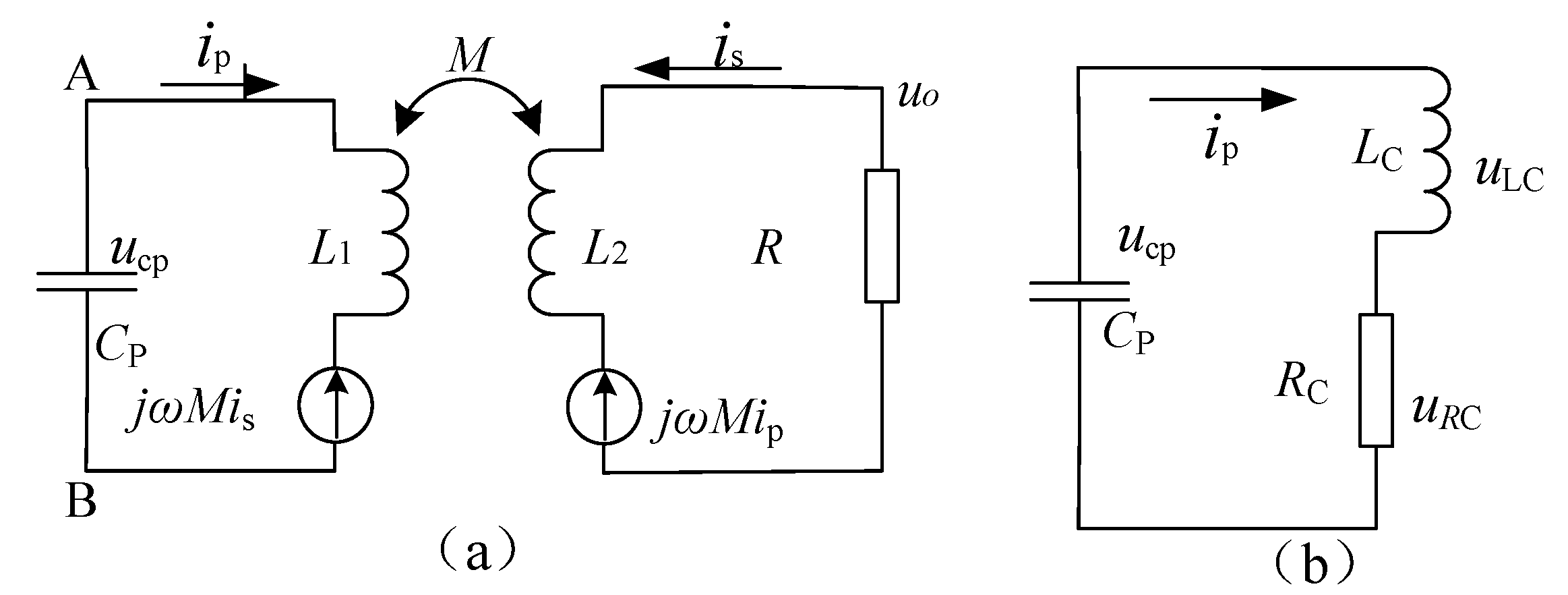
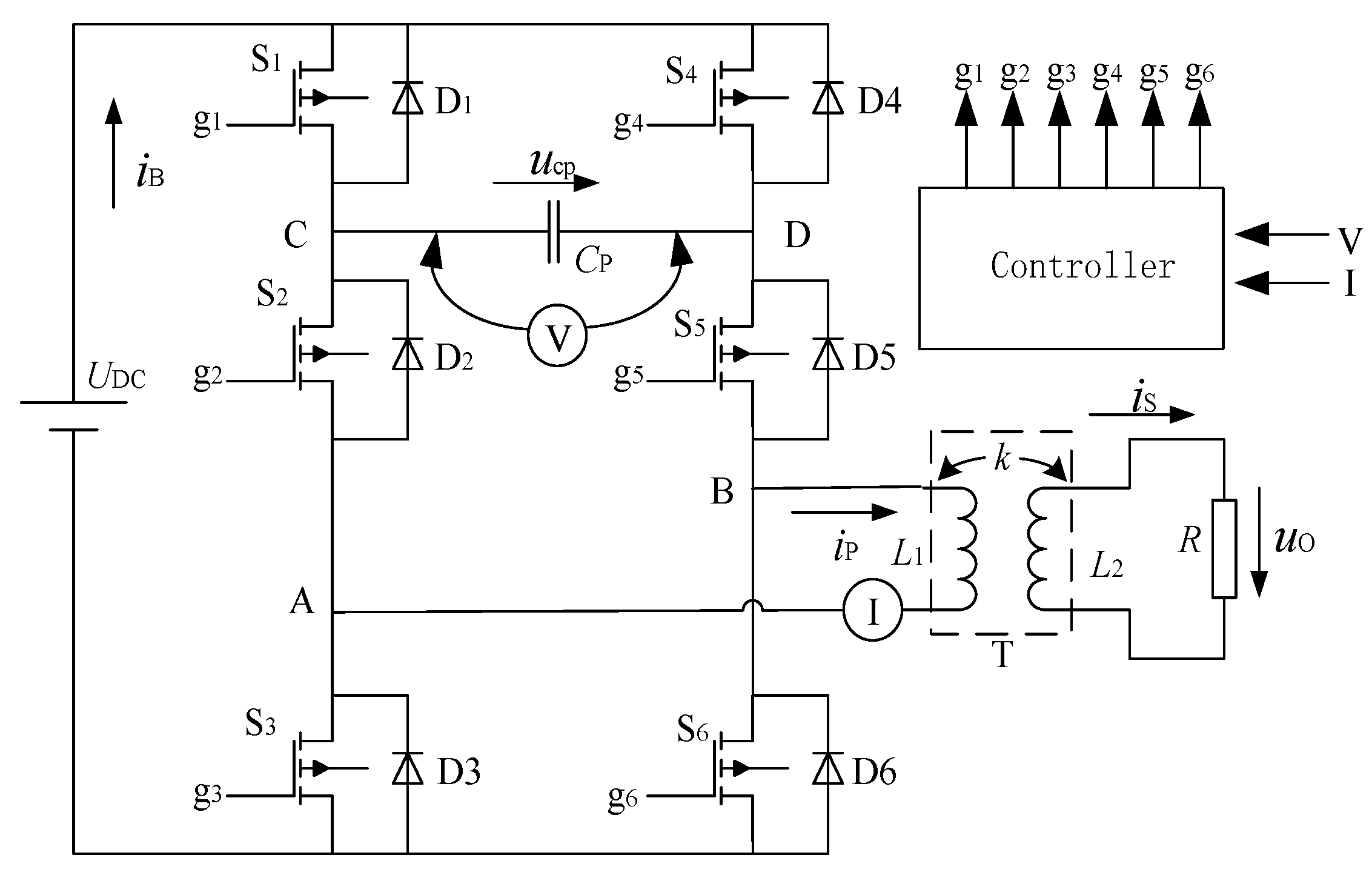

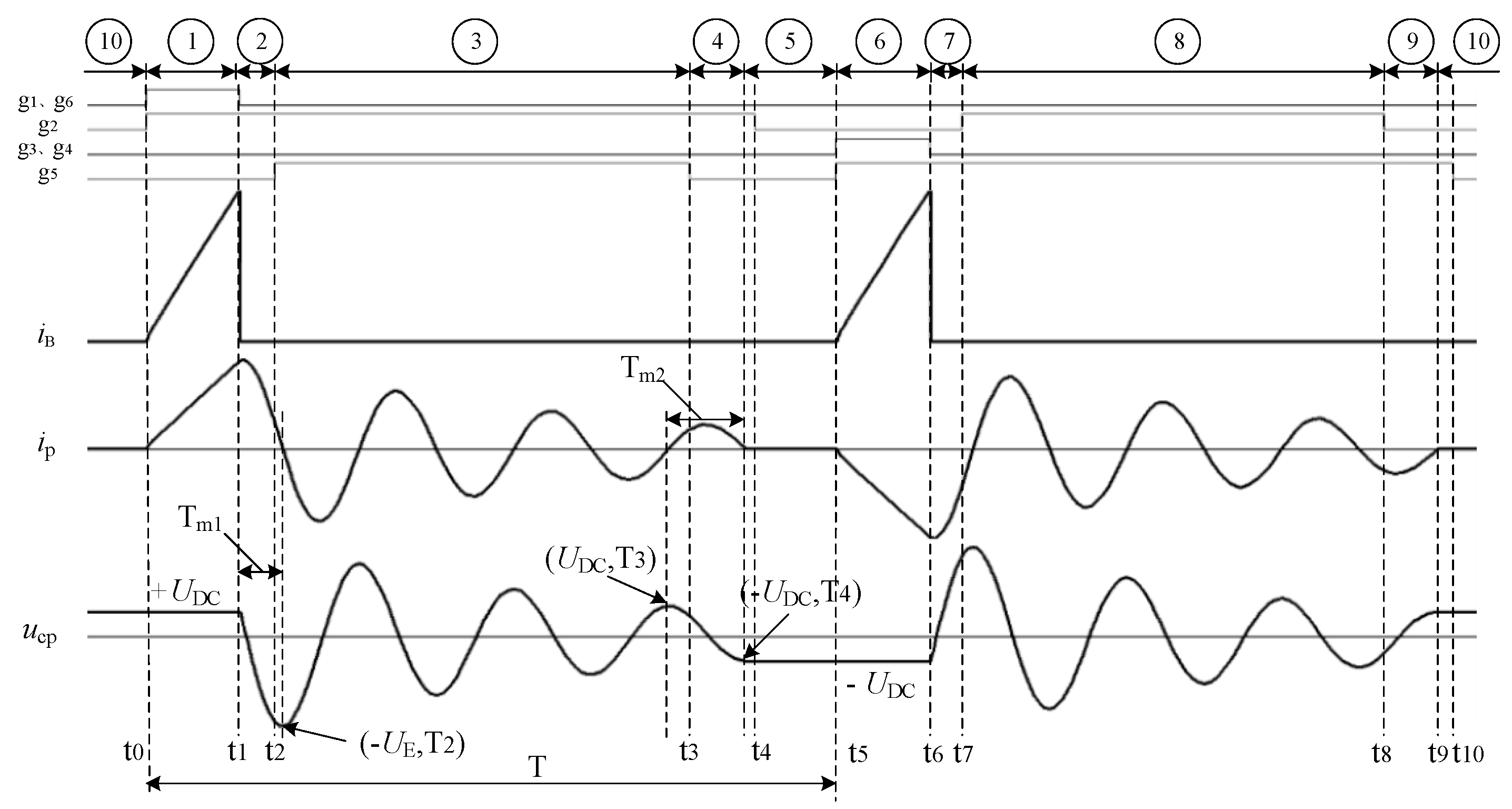
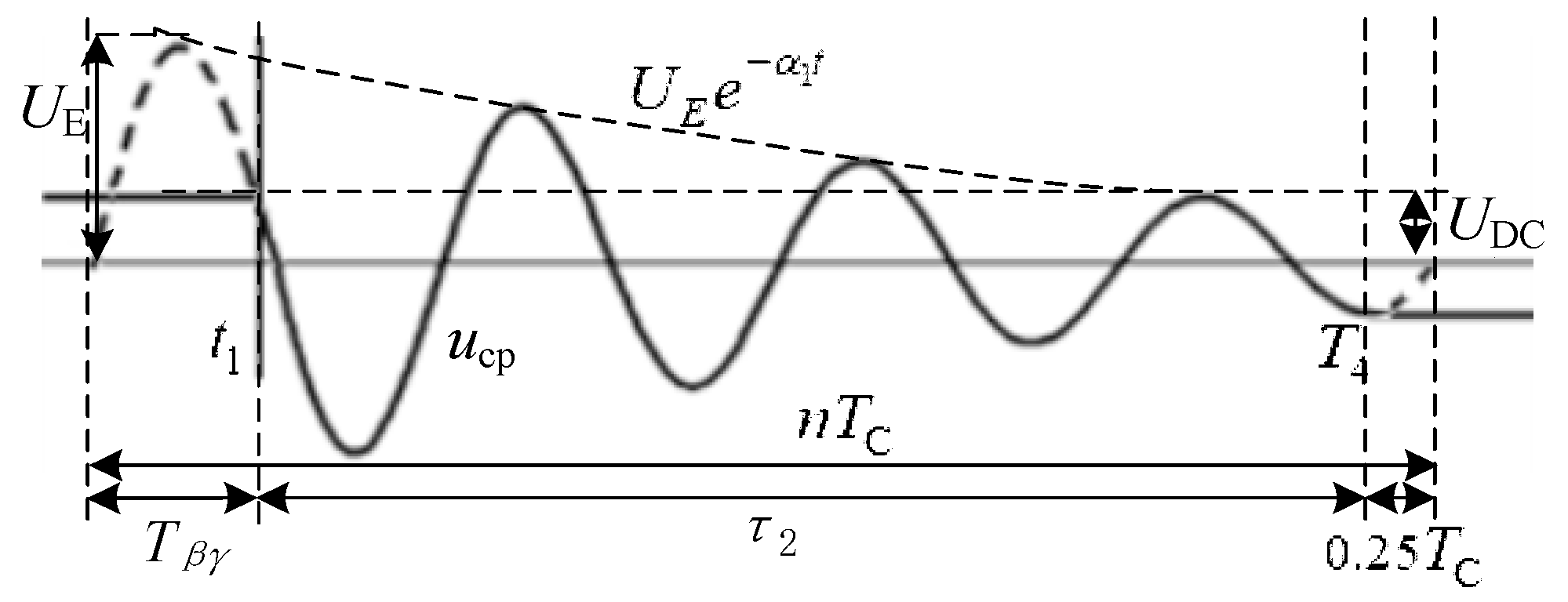
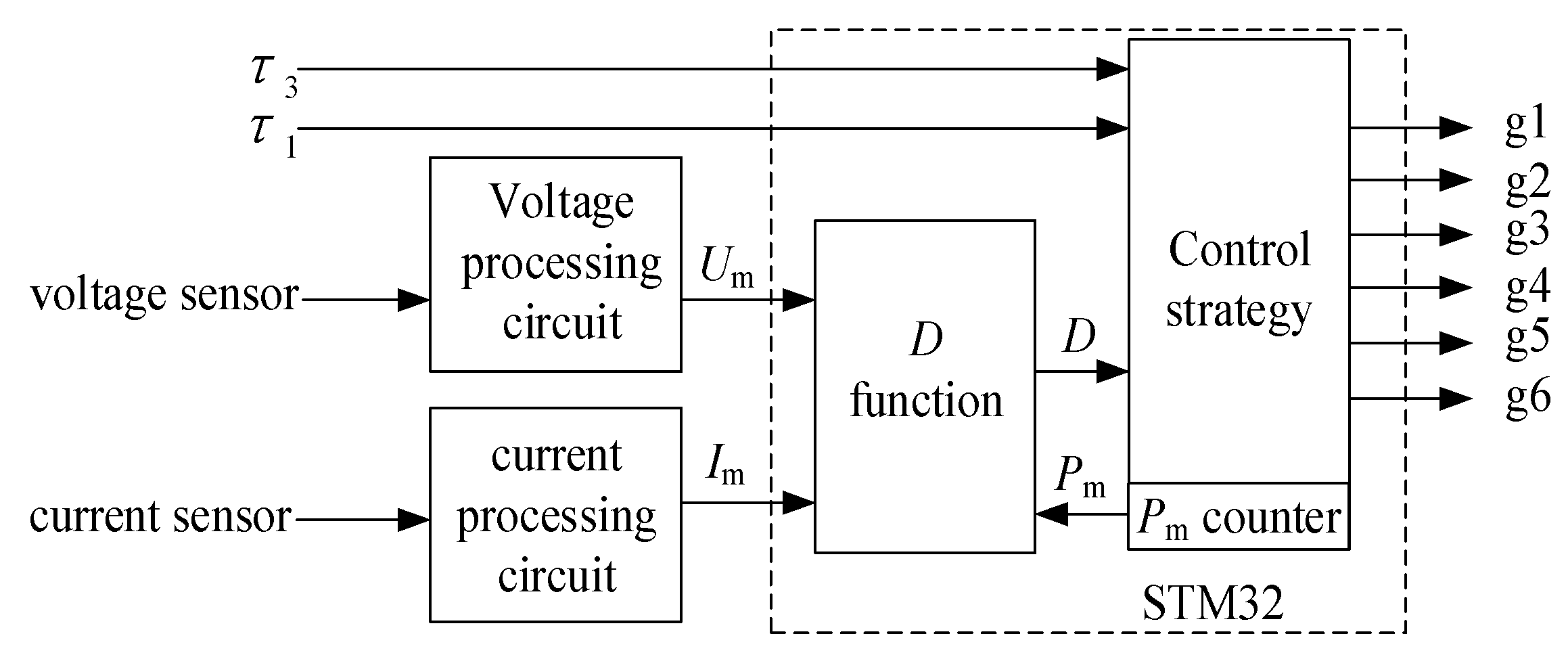




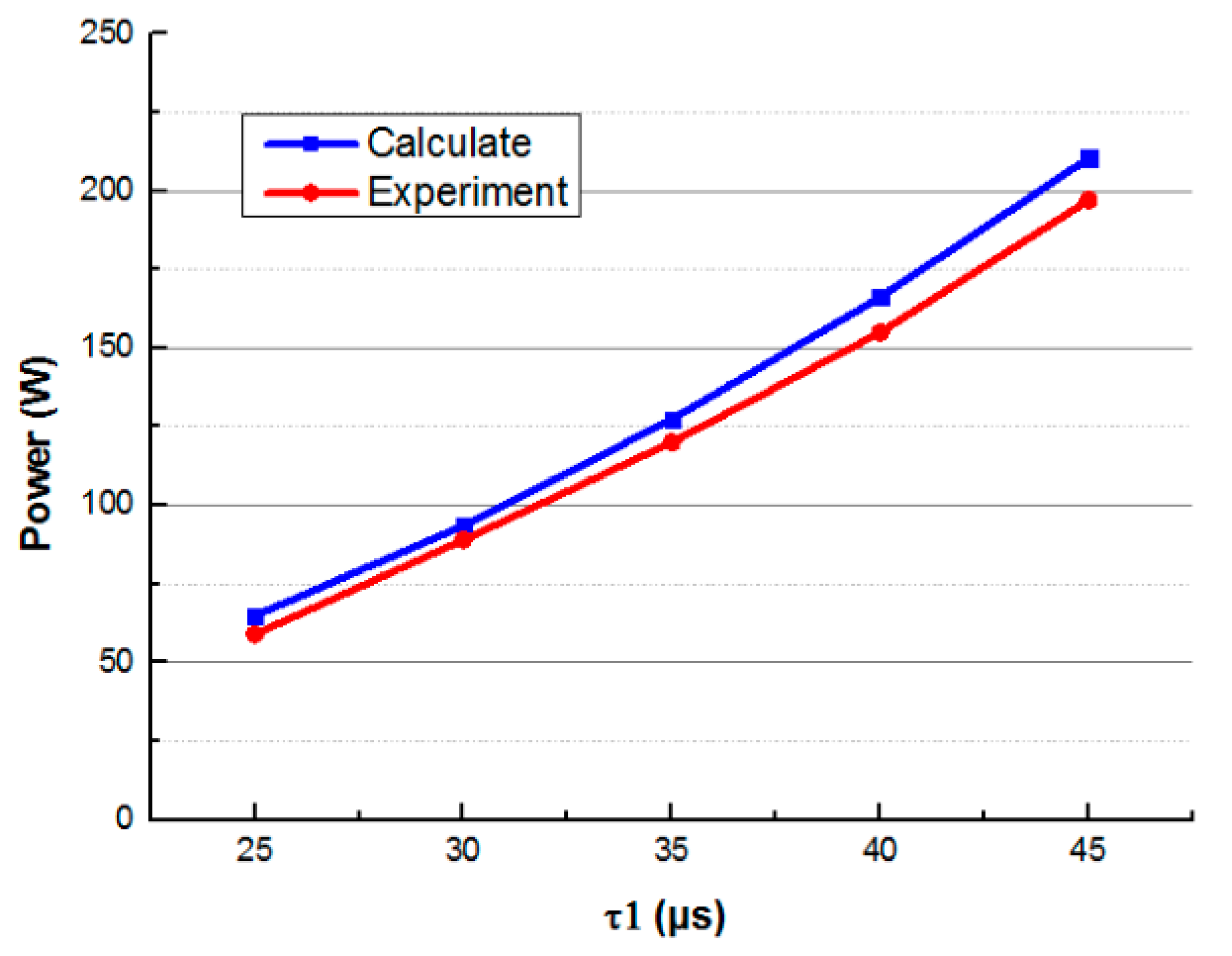
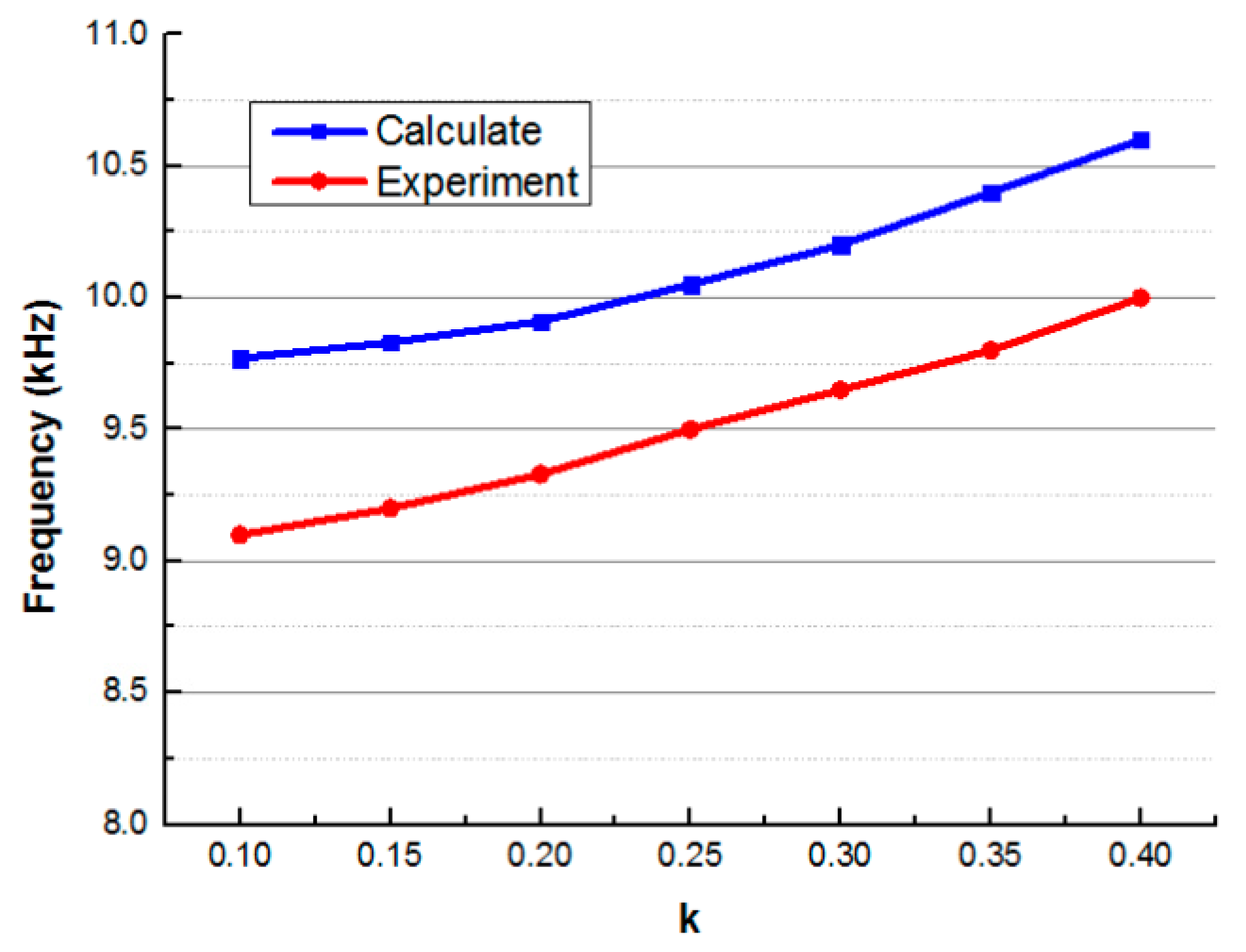

| State Duration Time | Calculation Method |
|---|---|
| Δt0 | Δt0 = t5 − t4 = τ3 |
| Δt1 | Δt1 = t1 − t0 = τ1 |
| Δt2 | Δt2 = t2 − t1, 0 < Δt2 < Tm1 |
| Δt3 | Δt3 = t3 − t2, determined by Dp, Dr. |
| Δt4 | Δt4 = t4 − t3, 0 < Δt4 < Tm2 |
| D1 | D2 | D3 | D4 | D5 | D6 |
| 460 mm | 370 mm | 440 mm | 350 mm | 160 mm | 80 mm |
| H1 | H2 | H3 | H4 | W1 | W2 |
| 5 mm | 10 mm | 5 mm | 3 mm | 20 mm | 150 mm |
| Parameter/Part | Value |
|---|---|
| UDC | 300 V |
| Cp | 0.44 uF |
| L1, L2 | 640 uH |
| R | 50 Ω |
| S1–S6 | IXFN56N90 |
| k | 0.5 | 0.4 | 0.25 | 0.15 | 0.1 |
|---|---|---|---|---|---|
| Pin (W) | 350 | 350 | 350 | 350 | 350 |
| Pop (W) | 342 | 341.6 | 340.6 | 338.8 | 335.7 |
| Pos (W) | 327.6 | 326.6 | 324.5 | 314.3 | 303.5 |
| ηp (%) | 97.7 | 97.6 | 97.3 | 96.8 | 95.9 |
| ηs (%) | 93.6 | 93.3 | 92.7 | 89.8 | 86.7 |
© 2019 by the authors. Licensee MDPI, Basel, Switzerland. This article is an open access article distributed under the terms and conditions of the Creative Commons Attribution (CC BY) license (http://creativecommons.org/licenses/by/4.0/).
Share and Cite
Chen, L.; Hong, J.; Guan, M.; Wu, W.; Chen, W. A Power Converter Decoupled from the Resonant Network for Wireless Inductive Coupling Power Transfer. Energies 2019, 12, 1192. https://doi.org/10.3390/en12071192
Chen L, Hong J, Guan M, Wu W, Chen W. A Power Converter Decoupled from the Resonant Network for Wireless Inductive Coupling Power Transfer. Energies. 2019; 12(7):1192. https://doi.org/10.3390/en12071192
Chicago/Turabian StyleChen, Lin, Jianfeng Hong, Mingjie Guan, Wei Wu, and Wenxiang Chen. 2019. "A Power Converter Decoupled from the Resonant Network for Wireless Inductive Coupling Power Transfer" Energies 12, no. 7: 1192. https://doi.org/10.3390/en12071192




